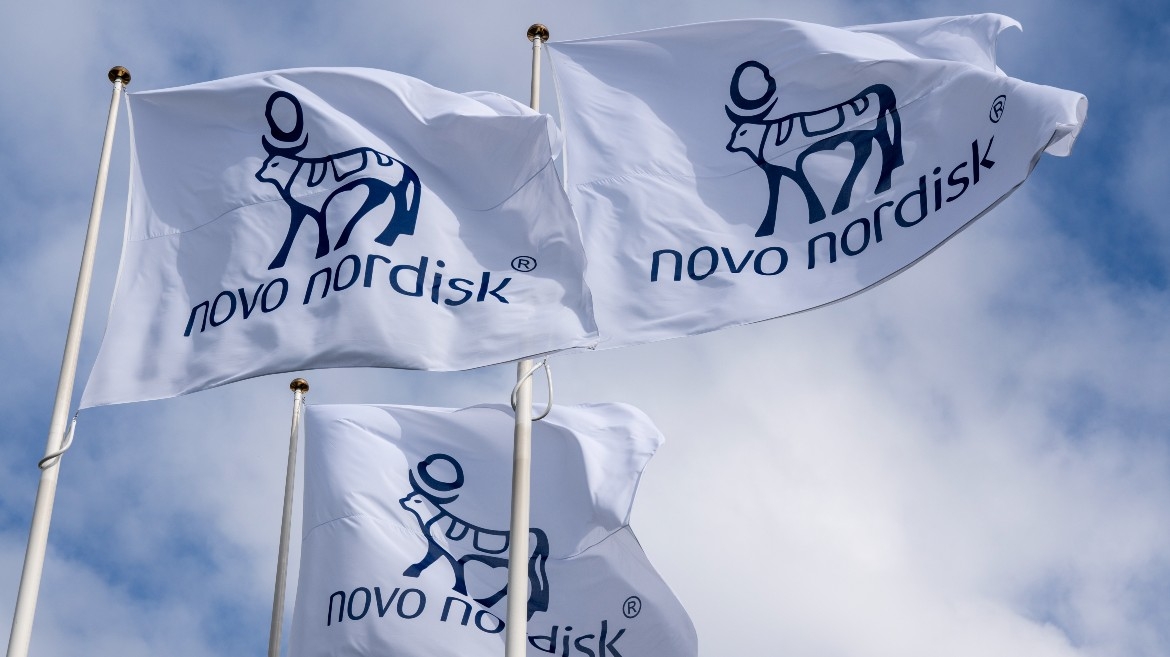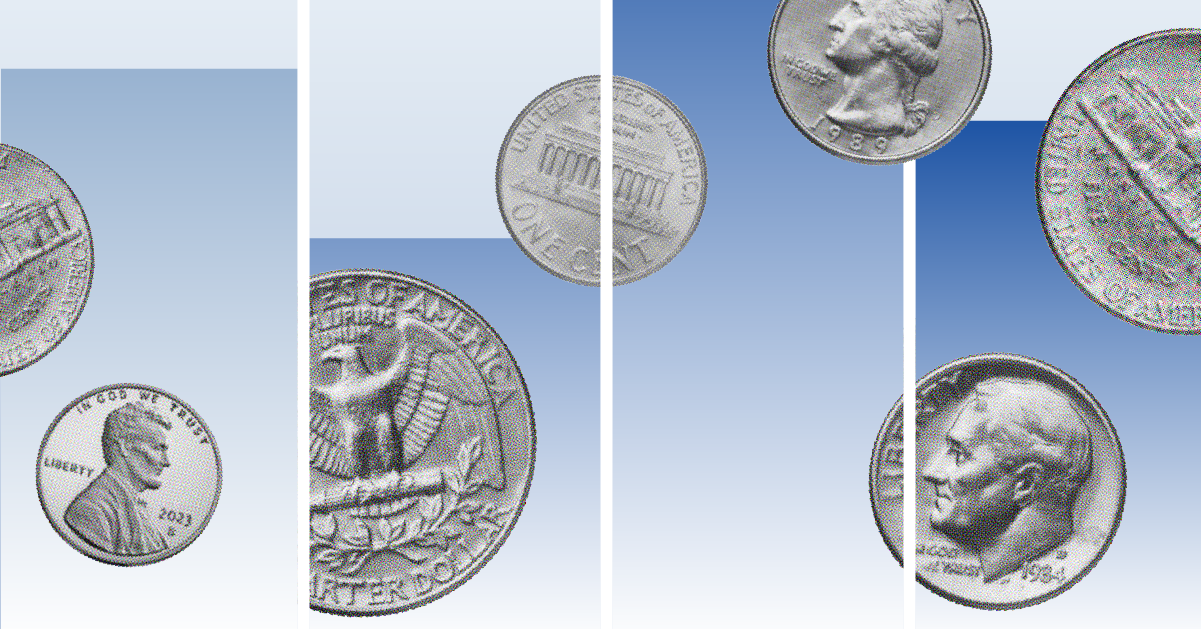
European equities have consistently underperformed global equities – this holds true over 10, five, three or even one year. They continued to lag during last’s month rally so you could categorise them as a value trap.
Having said this, a lot of negativity seems to be priced into the asset class which has suffered from massive outflows. This has resulted in current exposure levels that are only slightly higher than those seen during the Eurozone crisis.
European stocks remain plagued by high political uncertainty and economic problems leading to successive downgrades of growth expectations for the region, the latest one by the IMF in October 2018 over concerns of the slowdown of Europe’s growth engine: Germany.
From a contrarian standpoint, one could nevertheless argue that this growth scare led to European equities being overly discounted. Most investors expect a deterioration of European profits within the next twelve months.
This doesn’t mean that profits don’t have the potential to come down, however the second derivative of revisions might well be positive. The lower number of profit warnings so far this earnings season compared to Q3 could be an indication that things are finally improving.
Someone with a long-term mindset and the ability to absorb some volatility could see opportunities in the more cyclical sectors. European banks currently trade on 0.8 times price to book value. This is a bit higher than where the sector was trading during the Eurozone crisis, but betrays little evidence of all the measures put in place by the ECB to revive the sector’s profitability which are finally bearing fruit.
European telecoms and energy also caught our attention, yet one might want to pair them with less operational or financial geared sectors such as European healthcare. Despite its recent uptick, pharmaceuticals continue to show good value thanks to strong FCF generation and attractive dividend yields.
A version of this article appeared in Investment Week magazine





























